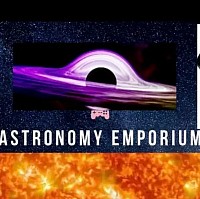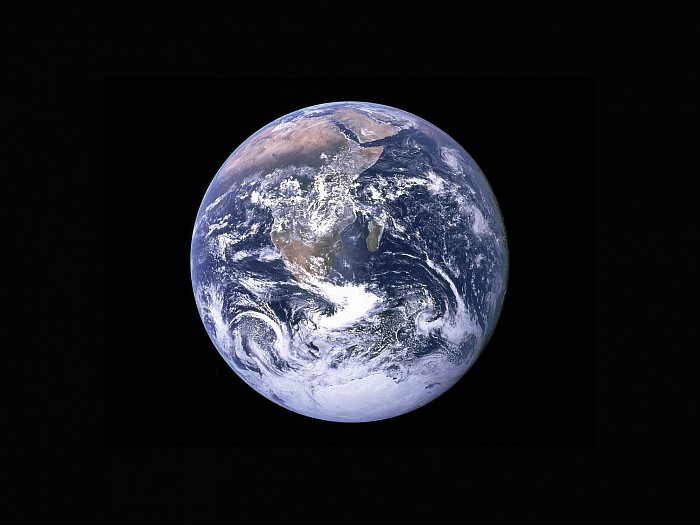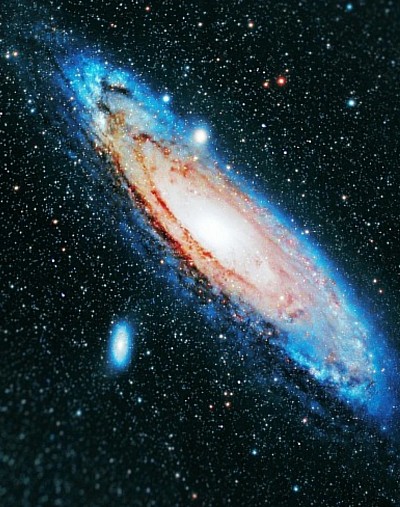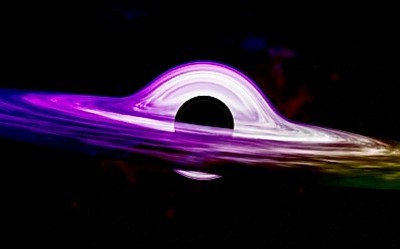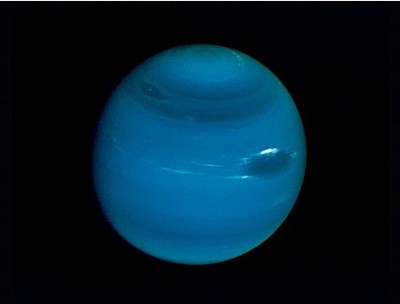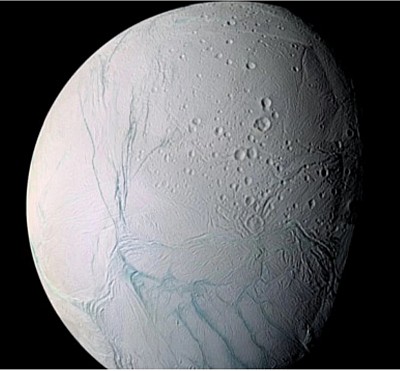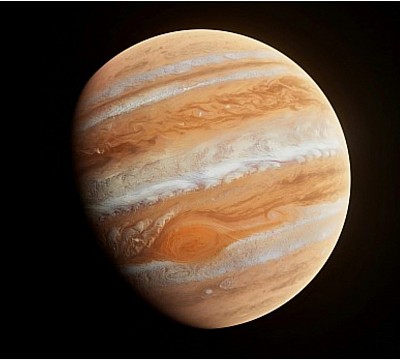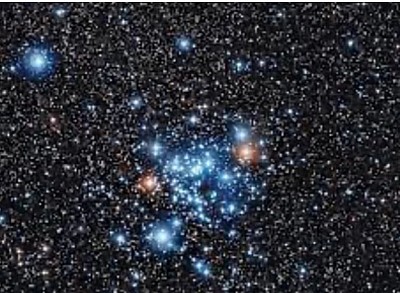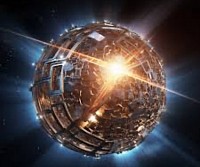Strangest Astronomical facts about some of our Cosmic Wonders !
Journey Beyond: Exploring Amazing Astronomical Phenomena.
From the Sun to Black Holes - Unveiling the Marvels of the Cosmos
Explore the wonders of our cosmic neighborhood with our web page dedicated to “The Marvels of Our Solar System.” Dive into a curated collection of fascinating facts, unveiling the secrets of the Sun, planets, moons, and celestial phenomena that make up our awe-inspiring solar system. From the scorching temperatures of Mercury to the icy plains of Pluto, embark on a journey through the vastness of space, discovering the unique characteristics and intriguing mysteries that define each celestial body. Delve into the scale of galaxies, the dance of planets, and the breathtaking beauty of planetary rings. Whether you’re a space enthusiast or a curious explorer, this page offers a glimpse into the extraordinary realm we call home in the cosmos.
Super Massive Black Holes
Some facts about Black holes
Singularity’s Infinite Density: At the heart of a black hole lies a singularity, a point of infinite density where the known laws of physics break down.
Event Horizon: The boundary around a black hole, known as the event horizon, represents the point of no return beyond which nothing, not even light, can escape the gravitational pull.
Micro Black Holes: Theoretical micro black holes, if they exist, would be tiny and could have formed in the early universe, possibly evaporating over time due to Hawking radiation.
Rotating Black Holes or Kerr Black Holes: Some black holes can spin on their axis, and this rotation drags spacetime around them, a phenomenon known as frame-dragging.
Information Paradox: Black holes pose a profound challenge to the conservation of information, as anything that falls into a black hole seems to be lost, conflicting with quantum mechanics principles.
Quasar Powerhouses: Quasars, powered by supermassive black holes, are among the brightest and most energetic objects in the universe, outshining entire galaxies.
Intermediate-Mass Black Holes: While stellar-mass and supermassive black holes are well-known, intermediate-mass black holes, with masses between the two extremes, are still elusive and intriguing.
Gravitational Waves from Black Hole Collisions: LIGO and Virgo observatories have detected gravitational waves from the mergers of black hole pairs, providing a new way to study these cosmic phenomena.
Black Hole Thermodynamics: Stephen Hawking’s groundbreaking work showed that black holes aren’t completely black; they emit a faint glow now known as Hawking radiation, linked to the temperature of the black hole.
Cosmic Cannibalism: When a black hole encounters a star, tidal forces can tear the star apart in a process called tidal disruption, leading to an intense release of energy.
What is Dark Matter?
Peculiar Dark Matter: Dark matter, which makes up about 85% of the universe’s mass, does not emit, absorb, or reflect light, making it invisible and mysterious.
What is Dark Energy?
Dark Energy’s Elusive Force: Dark energy, an unknown force driving the universe’s accelerated expansion, comprises about 68% of the universe, yet its nature remains a profound mystery.
Diamond Rain
Diamond Rain on Neptune: In the icy atmospheres of Neptune and Uranus, it’s believed that diamond rain occurs, where carbon is crushed into diamond crystals by extreme pressure.
Enceladus Hot Ice Moon
Hot Ice on Enceladus: Saturn’s moon Enceladus has geysers that shoot icy particles into space, creating a plume that contains hot water vapor and organic molecules.
Jupiter’s Giant Red Spot
The Great Red Spot’s Persistence: Jupiter’s Great Red Spot is a massive storm that has been raging for at least 350 years, defying our understanding of atmospheric dynamics.
Did you know that Jupiter has Helium rain?
Helium Rain on Jupiter: Inside Jupiter, extreme pressure causes helium to rain down like droplets in a storm, creating a fascinating interior dynamic.
What is a Cosmic Tsunami?
Cosmic Tsunamis on the Sun: Solar tsunamis, caused by magnetic waves, ripple across the Sun’s surface, providing insights into its dynamic behavior.
Blue Stragglers
Blue Stragglers’ Stellar Anomalies: Blue straggler stars in globular clusters appear younger than their surroundings, challenging our understanding of stellar aging.
What are Dyson Spheres?
Dyson Spheres and Alien Megastructures: Theoretical constructs like Dyson spheres, megastructures that harness a star’s energy, fuel discussions about advanced extraterrestrial civilisations.
🔭 New to Stargazing? Start Here.
Just getting started with astronomy? Whether you’re curious about the stars or looking for your first telescope, we’ve got you covered:
Explore more here
🔭 Explore Our Beginners buying guide
💸 Compare Telescopes Under £300
😎 Learn What to Look for in Binoculars for Stargazing
📖 Telescope Reviews for Beginners
